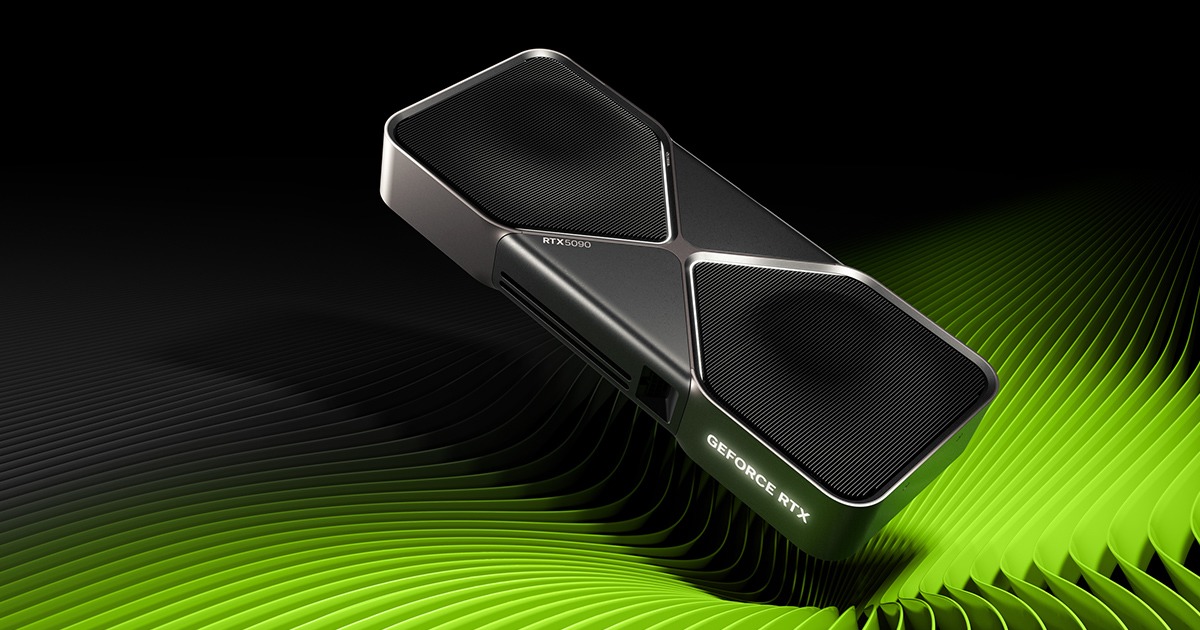Ever wondered what makes AI so intelligent or modern gaming so immersive? The
answer to this question lies in a powerhouse of technology -
GPUs or Graphics Processing Units.
Whether you're a gamer behind high quality graphics, a developer training AI
models, or a creator editing 4K videos, GPUs play a major role in enhancing
performance.
Have you ever used a GPU? If so, what did you use it for - AI, gaming or something entirely different? Let me know in the comments below!
The Beginning
In the 1990s, video games looked like this-
Due to obvious reasons, game developers wanted to create better, more realistic graphics. However, the existing hardware was unable to handle all the extensive calculations required for this.
This is where parallel processing swoops in.
What is a GPU?
A GPU or Graphics Processing Unit is an electronic circuit that is capable of performing mathematical calculations at a very high speed. It's design allows it to perform multiple operations in parallel, making it suitable for tasks requiring parallel processing.
The computational power of a GPU is measured using FLOPS or FLoating point Operations Per Second.
What is Parallel Processing?
Like the name suggests, parallel processing involves dividing the process into small pieces and sent to different processors to be computed at the same time. This enables us to significantly increase the speed and efficiency of processing.
The idea is quite simple; a software is used to break down the task into multiple pieces, which are distributed to the processors. After each processor completes its part, the software reassembles the data received to give the solution to the problem.
How do GPUs help?
CPU's generally have fewer, more powerful cores optimized for sequential processing. Meanwhile, GPUs have hundreds to thousands of simpler cores optimized for running thousands of small tasks at once.
Tasks are divided into blocks of threads using specialized software (for eg. NVIDIA's CUDA) that execute in parallel using the GPUs, reducing the execution time for large workloads.
Types of GPUs
GPUs can be of 2 types-
-
Discrete GPUs - Discrete GPUs are not built in the processor and have
their own memory. They offer significantly high processing power, but at the
cost of high power requirements and individual cooling units for optimal
performance.
Such GPUs are generally used for gaming, 3-D rendering, video editing, AI and Machine Learning, etc. -
Integrated GPUs (iGPUs) - Integrated GPUs, like the name suggests,
are built into the processor along with the CPU and share memory with the
CPU. They require less power and produce less heat, making them more cost
effective than discrete GPUs.
They are generally used to reduce the workload of the CPU and perform everyday tasks like playing 4K videos, basic AI and ML, coding, app development, etc.
The Difference between CPU and GPU
The main difference between CPUs and GPUs is their purpose. GPUs are built for parallel processing, while CPUs perform general processing tasks like managing the computer. Also, CPUs cannot perform parallel processing.
The Impact of GPUs
GPUs have had a massive impact on nearly all fields of science as well as the entertainment industry, from supercomputing and AI/ML to modelling the Universe to greatly enhancing the gaming experience for all. Improvements in GPU technology has also led to more realistic visual effects (VFX) in movies.
Making animated movies has also become easier due to the significantly shorter render times for 3-D graphics and video editing.
Choosing a GPU
Do you really need one?
GPUs are not necessary for your computer if you use it just for some basic tasks like office work, web browsing, or even playing lightweight or older games. They are also quite expensive, so you should avoid buying one if you're on a tight budget.
However, if you use your computer for specialized tasks like playing modern games with 3-D graphics, 3-D rendering, video editing, cryptocurrency mining, etc. investing in a dedicated GPU is a very good idea.
Which GPU to buy?
Nowadays, NVIDIA is the most popular choice for buying GPUs as they have a large range of options for different needs, and offer the best product value as well. But if you want to avoid NVIDIA, other options include AMD, Intel and ASUS.
Advancements in GPUs continue till this day, with some of the newer designs also being designed by AI! It can be said with certainty that this is one of the field to watch out for advancements in the future.
Happy computing,
Aarav Iyer




Nelson Boys
ReplyDelete